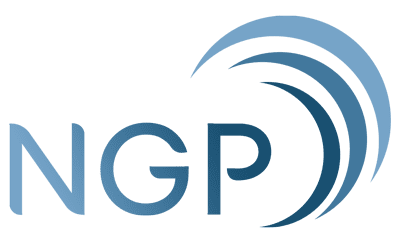At the core of any successful public campaign is a strong content marketing strategy. How can you build one that will give you an edge over your competitors?
What is Content Marketing?
Before going deeper into how you can successfully develop an effective content marketing strategy, we have to know what the term itself means. It can simply be defined as a type of marketing strategy that involves creation and sharing of online content to stimulate the interests of the audiences which should ultimately lead to conversions.
Content marketing is one of the best strategic approaches to increase brand awareness and even to convert your audiences to your customers. It uses content as a the medium to deliver your brand’s key message and story.
What Content Marketing Is Not
Now that we have defined what content marketing is, let us learn what it is not. It can be pretty easy to misunderstand what it is because of all the similarities with other strategies.
Content marketing is part of a larger plan for your campaign. It cannot be separated from the campaign in itself.
It should also be worth noting that it is not a magic bullet that will instantly boost sales by 1000%. While that is possible in the long run, the results will still depend on how well the research and execution will be.
With the definition of content marketing out of the way, you are now ready to make your own strategy to boost your brand and business.
Step 1: Research and Planning
You should know first who your audience is or who you plan to target. Start with the demographics:
Are they male or female?
What is their age range?
Are they still studying or are they already working?
If they already have work, what should be their salary range?
Are they married?
Do they have their own family?
Where do they live?
There are a lot of other questions that you can include such as concerns with behavior patterns, motivations, and personal goals. The more specific you are, the better it will be. Basically, you are creating your brand’s Buyer Persona – a representation of your customers – helping you have a big idea on what content to market to your target audience.
In creating the persona, include your market’s problem that your product or service can solve. It’s also important to spell out how exactly you can help them as this can also help in creating copy for the content and messages later on.
Step 2: Choosing Medium and Channels
After creating a buyer’s persona, it is now time to choose which medium and channel you will use to integrate your content marketing strategy.
Social Media – This is one of the most popular channels that is used by almost all brands. It can be effective if done right since almost everyone has a social media account. Your content can be delivered either as photos, videos, or even just plain status updates.
Website – Every reputable brand has their own website. You can put your content on the website and use search engine optimization to drive inbound traffic for more leads.
Email Marketing – Perhaps one of the oldest channels there is, email marketing is still one of the most effective ones. Your content can be served through daily or weekly emails along with call to actions.
Public Relations – Content marketing strategies can be incorporated in PR campaigns.
Pay-per-click (PPC) – PPC campaigns are easy to start but can be hard to maintain conversions. You will need a good landing page which means that you will have to work on great content to keep your leads hooked.
Step 3: Creating the Content Plan
Creating the content plan should be a bit easier now that you have data for your target audience. Use the data from your buyer persona and the selected channels to create a content plan for a whole month initially or as long as the project duration itself.
If you already have a niche (which you should), then it would also be less difficult to come up with topics for your content plan. Another factor to consider is if you will be relying on organic traffic, which largely comes from search engines, to get leads and customers.
Using search engine optimization should be a top priority when relying on organic traffic. You will need to drive people into viewing your site from search engines. To do this, you should start by researching keywords for the content plan itself for optimized articles.
You can use a plethora of keyword research tools online. For free tools, you can always use the Keyword Planner from Google. However, do note that the results are limited since the tool is geared towards PPC campaigns.
SEMRush and Moz has paid keyword research apps you can use to really get the best topics for your niche. You will be able to see the traffic volume and even competition level for keywords that you want to target.
Put as many details as you can into the content plan so that your copywriters or artists will be able to understand it better for the next step. Include dates, guides, and even resources.
Step 4: Execution
This step is pretty much self-explanatory. After all the planning for the content marketing strategy, it is now time for execution or implementation.
As much as possible, try to avoid overdoing promotions for your own brand inside your own content. Not only do these look and sound obvious, they can also turn off your leads.
During this stage, you should make sure that every content is published according to the schedule. Review and edit everything before the are published.
Step 5: Monitoring
Running a content marketing strategy is never enough. Make sure that they are monitored to see whether the content is performing well. Check if the number of visitors and/or conversions increased.
See Google Analytics and the Google Search Console for your website’s visitor data. It can also give you an insight on what works and what does not. You are also given the option to view the demographics of visitors to check whether you are really hitting the right spots.
In social media, each social network has their own analytic dashboards. Facebook and Twitter business account owners have a plethora of tools to pull data from too.
If the strategy was not successful, do not lose heart. You now have better data and the tools for your next campaign. You will be able to know how to improve the next time you run a campaign. Doing all these can be quite overwhelming especially if you are a novice at content marketing. For expert help, consult an IMC group to get results for customer management/feedback, competitor response, market expansion, and more.



Leave a Reply